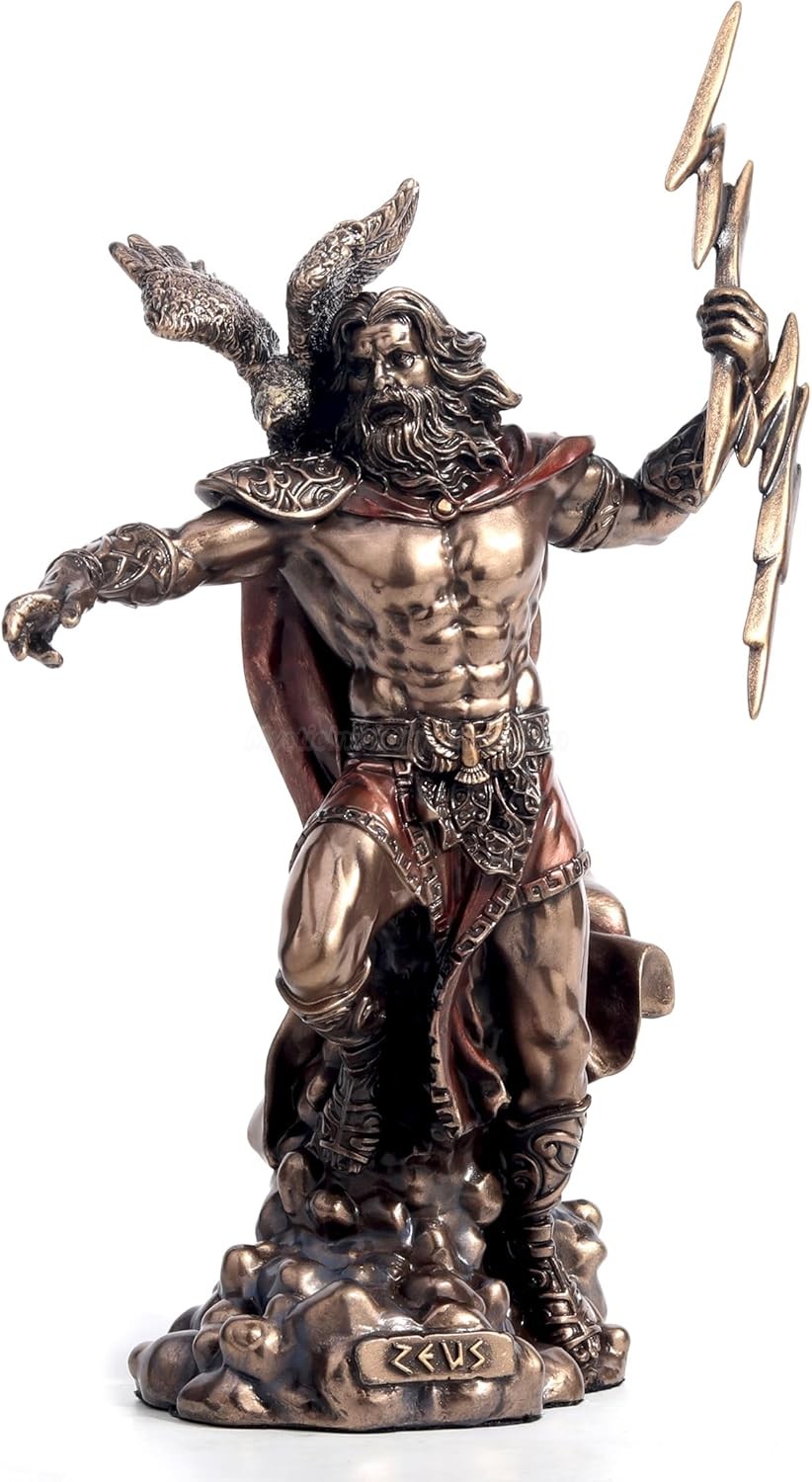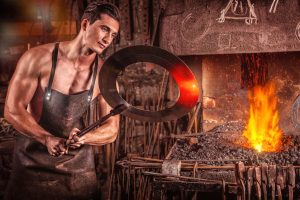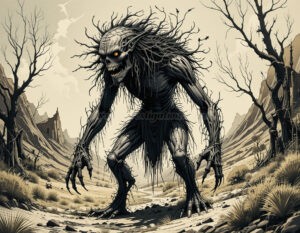Anemoi: The Greek Wind Gods and Their Divine Servants 
In ancient Greek Mythology, the Anemoi were the four primordial gods of the winds, each associated with a cardinal direction and specific weather conditions. These deities played a crucial role in shaping the natural world, controlling storms, breezes, and seasonal changes. They were often depicted as winged men or even horses galloping through the sky, representing the powerful and unpredictable nature of the winds. Their influence was deeply woven into Greek Culture, as sailors, farmers, and poets alike revered and feared them for their power over nature. 🌬️
The Four Main Anemoi and Their Powers
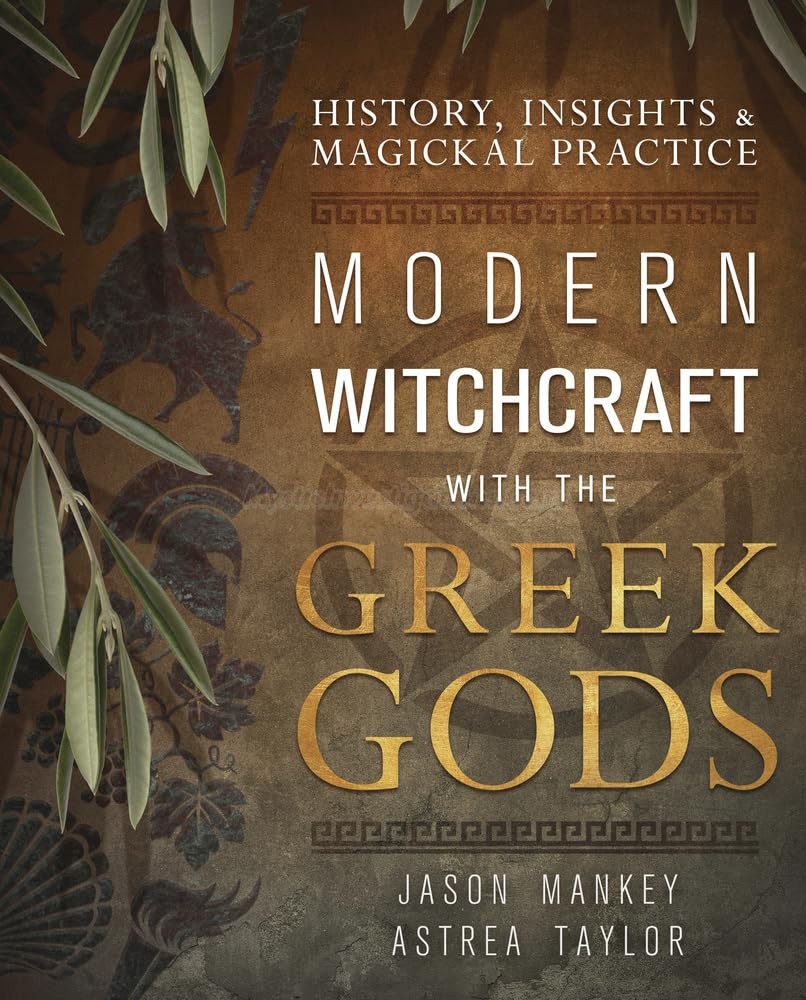
Zephyrus, the west wind, was considered the gentlest and most favorable wind, bringing the soft breezes of spring and early summer. He was often linked to love and renewal. Notus, the south wind, was known for bringing hot, stormy weather, especially in mid to late summer. He was associated with heavy rains and the early stages of harvest time. Eurus, the east wind, was the least mentioned of the four since he was somewhat of a loose cannon who tended to do his own thing. He was associated with unlucky or chaotic winds, often bringing unpredictable weather. Like all the Anemoi, he could kick up his air masses during any season, he often appeared in Autumn. 🍃
🔊The Winds Of The Greek Gods Paranormal Podcast
Lesser Wind Gods and Regional Winds
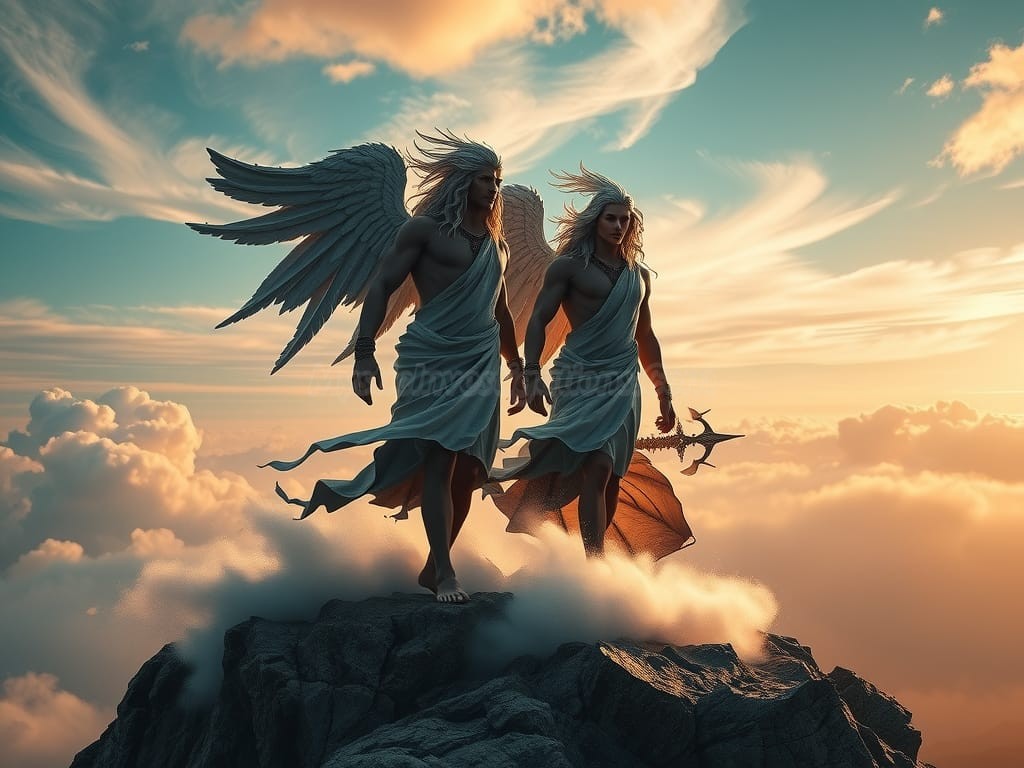
Beyond these four main Anemoi, there were lesser wind gods representing intermediate directions and specific local winds. They all fell under the ultimate authority of the Anemoi. Some myths mention Kaikias, the northeast wind, and Apeliotes, the southeast wind, among others. These minor deities played significant roles in regional myths and were sometimes invoked in prayers by those who needed favorable winds for travel or agriculture. The Anemoi were sometimes considered servants of Zeus since he was the King Of Gods. They tended to obey his will and enforced divine justice through tempests and breezes alike. 🌪️
The Aurae: Nymphs of the Breeze
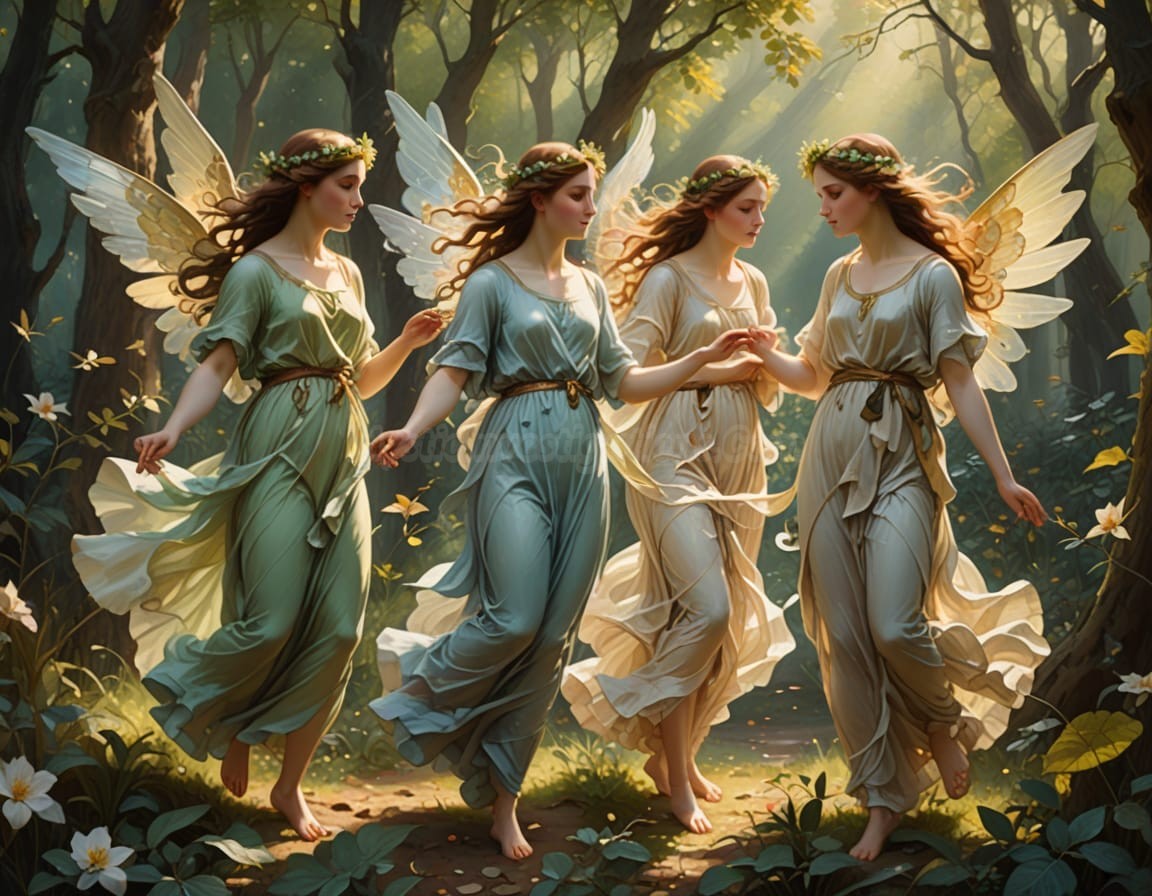
The Anemoi were not alone in their dominion over the winds. They were assisted by lesser nature deities, including the Aurae, the wind nymphs. The Aurae were ethereal spirits of the breezes, known for their delicate and fleeting nature. Unlike the powerful Anemoi, who controlled the major winds and seasonal shifts, the Aurae embodied the gentler aspects of the air, drifting through the skies like whispers of the wind. Although they spent more time closer to the ground creating localized breezes.
These air nymphs were particularly associated with morning mists and cool evening breezes. They were often personified as young maidens with flowing garments that fluttered like air itself. Their presence was felt in every soft gust that rustled the leaves, every cooling wind that provided relief on a hot summer’s day. They were the subtle whispering breeze that carried the scents of flowers across the land. That being said, the Aurae can be angered which results in gloriously gusty localized winds. This happened in December 2014 at a Rose Bowl Fest.🍃🍂
Sylphs: The Elusive Wind Fairies

Working under the authority of Aurae we have the Sylphs. They are ethereal spirits of the air, often described in later European folklore and alchemical traditions rather than classical Greek mythology. This was due to the elusive low-key nature of these fairies that eluded ancient observation. These elemental beings are associated with the wind, embodying the lightness, freedom, and ever-changing nature of the skies. First introduced by the Swiss Alchemist Paracelsus in the 16th century, Sylphs were considered the air elementals, just as gnomes represented earth, undines water, and salamanders fire.🧚
Unlike the Greek Aurae, who were delicate and graceful nymphs of the breeze, Sylphs were sometimes portrayed as guardian spirits of the air, protecting the atmosphere and influencing the weather. They were often depicted as invisible beings or winged fairies, moving unseen through the sky, carrying whispers of the wind, and inspiring poets, dreamers, and travelers. Some legends even suggest that Sylphs could manifest as delicate, winged humanoid figures, appearing only to those attuned to the mystical forces of nature. 🌬️
Other Wind Spirits and Their Roles

In addition to the Aurae, other minor wind-related spirits served under the Anemoi, such as the Harpies, who, in early myths, were described as swift wind spirits before later being depicted as monstrous bird-women. The Greeks believed that all winds had personalities and intent, which made them both a blessing and a threat, depending on the circumstances. The worship of wind deities was common, particularly among sailors who relied on their favor for safe passage across treacherous seas. ⛵
Worship and Monuments to the Anemoi
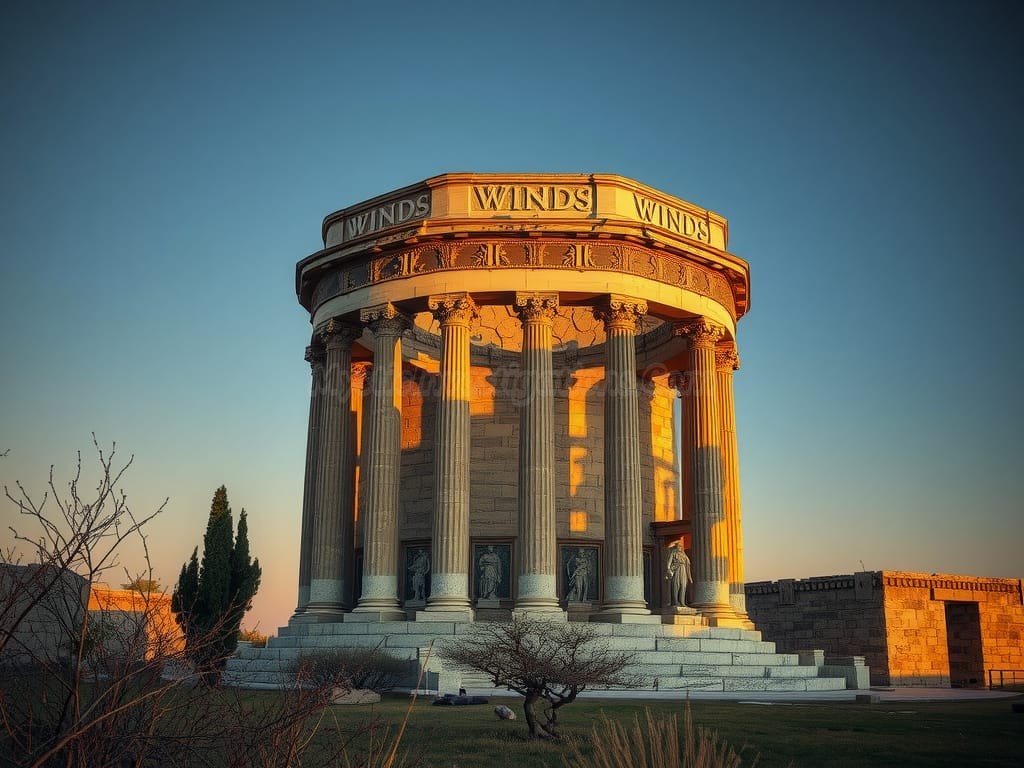
The Anemoi were honored in various ways throughout Greece. One of the most famous monuments dedicated to them is the Tower of the Winds in Athens, an octagonal structure featuring carvings of the eight major wind gods. This building functioned as an early meteorological station, helping to track wind directions and their effects on the city. Temples and offerings were also made to specific wind gods in places where their influence was particularly strong, such as Boreas, who was venerated in Thrace for his powerful winter storms. 🏛️
Legacy of the Anemoi and Their Servants
